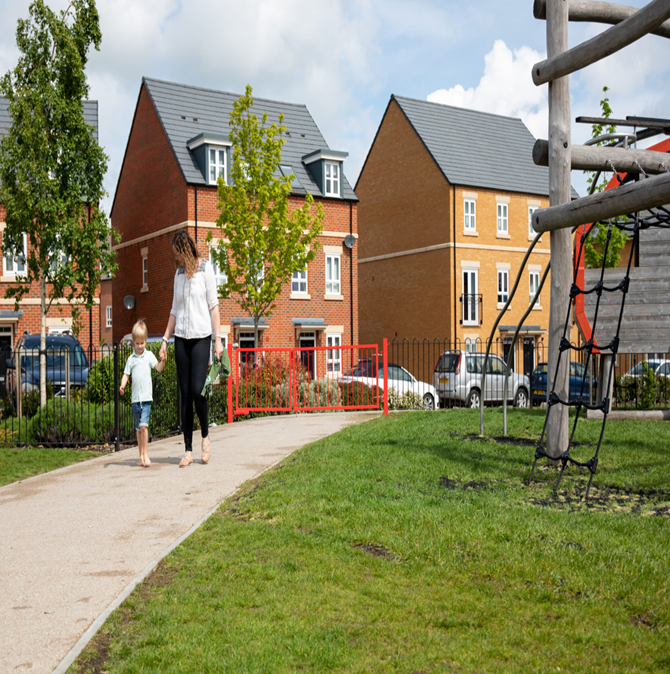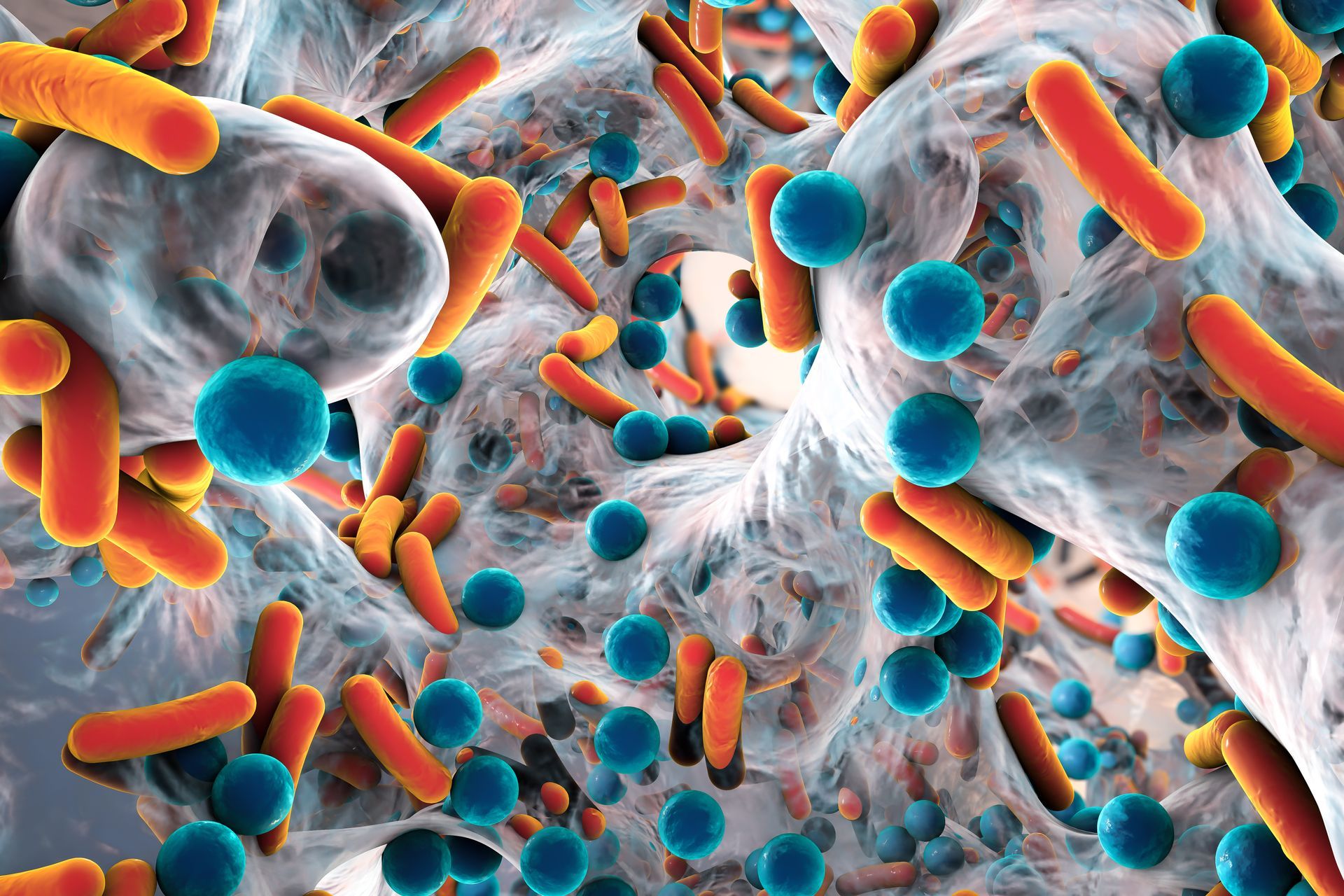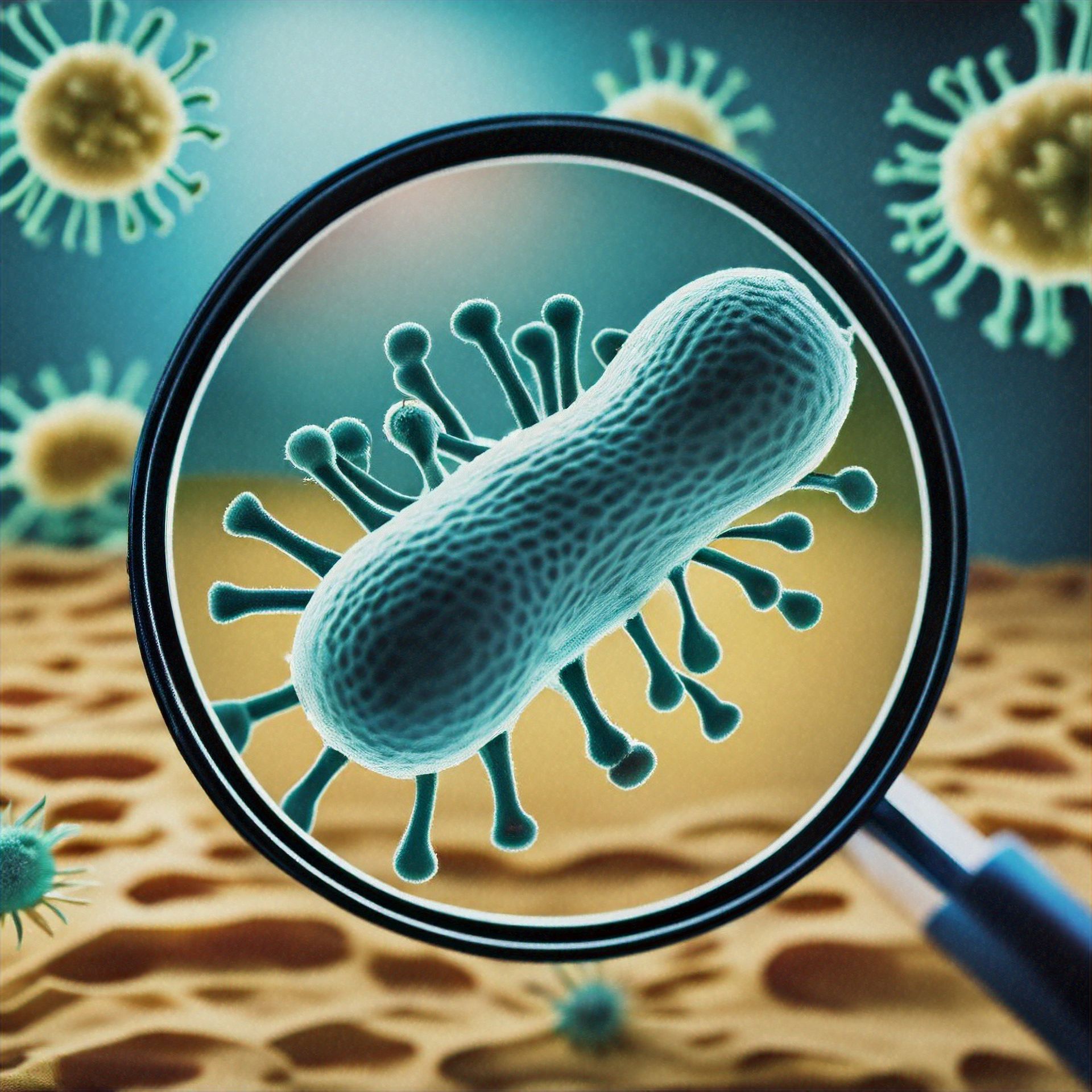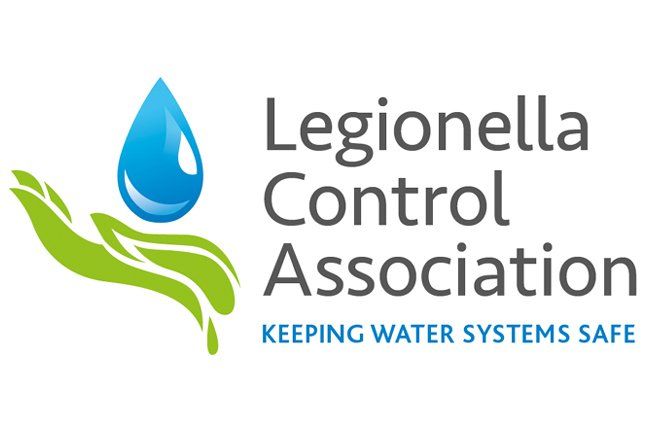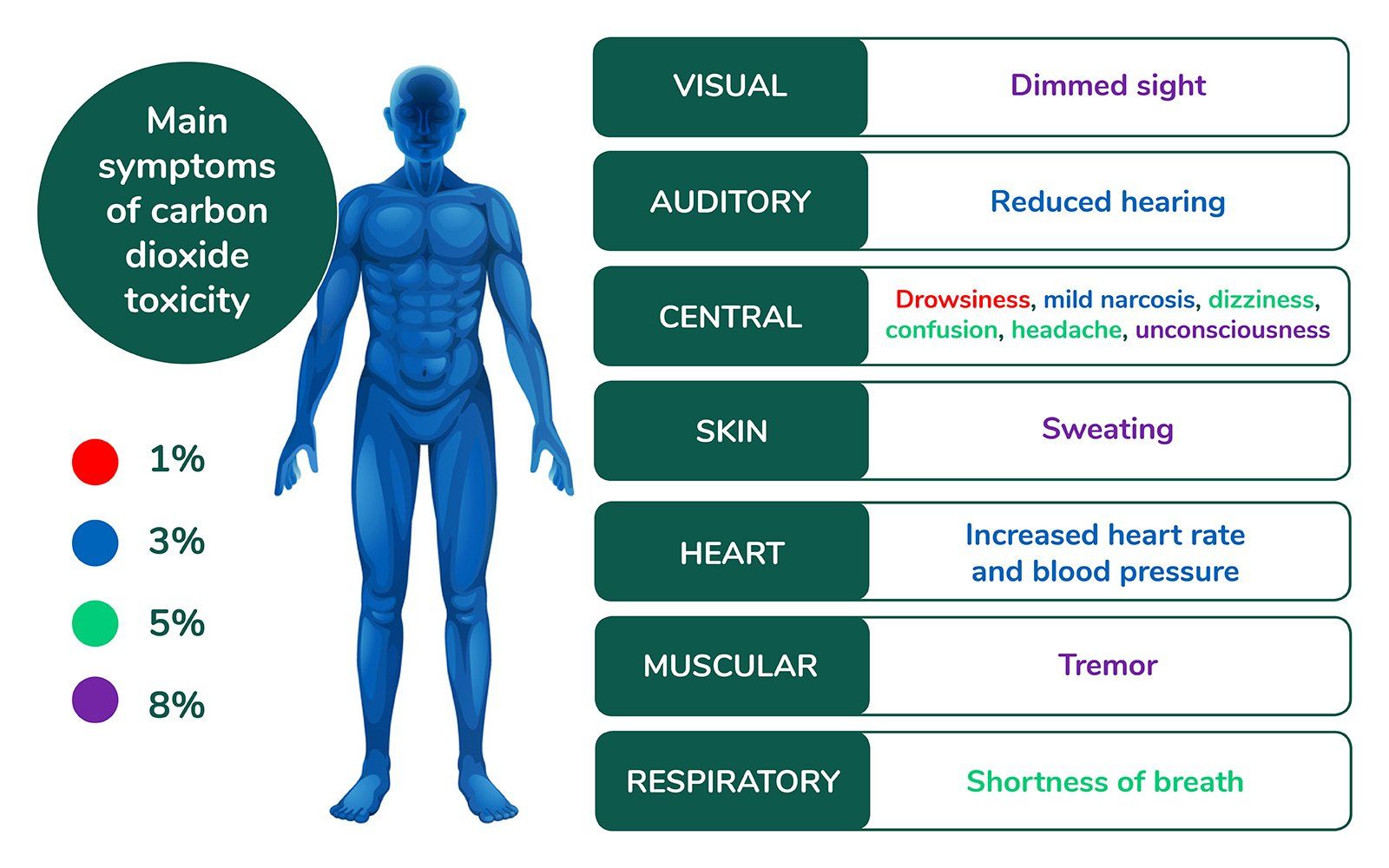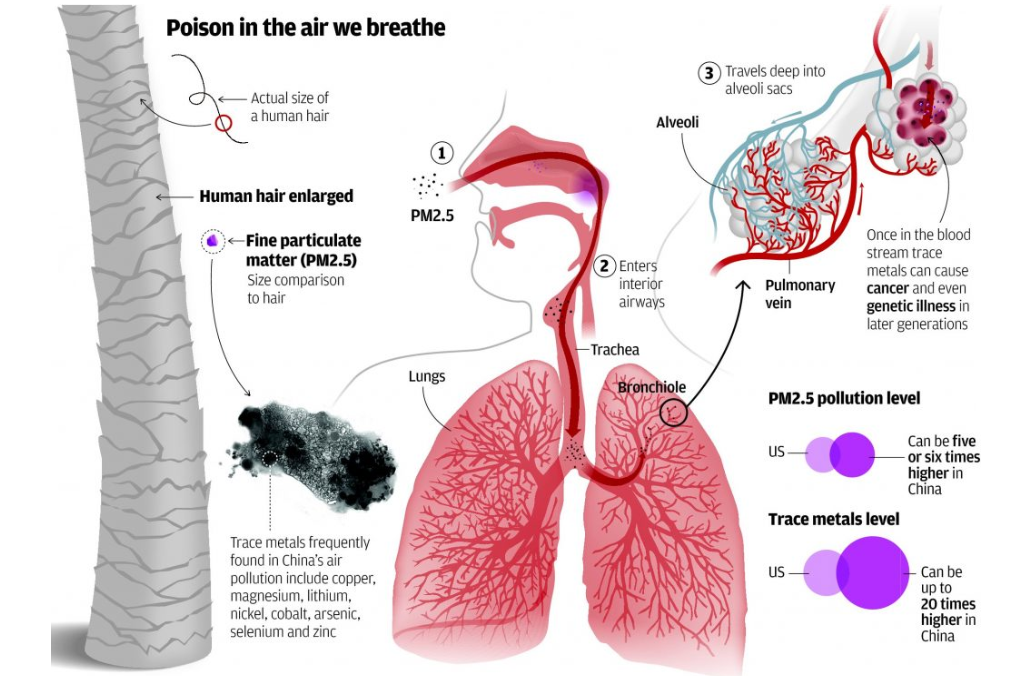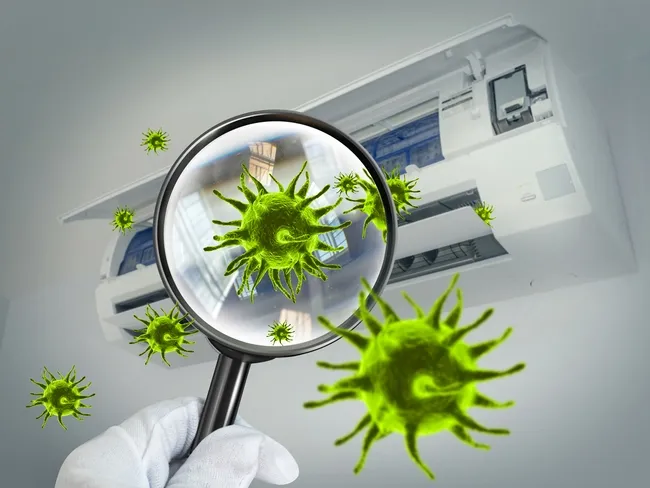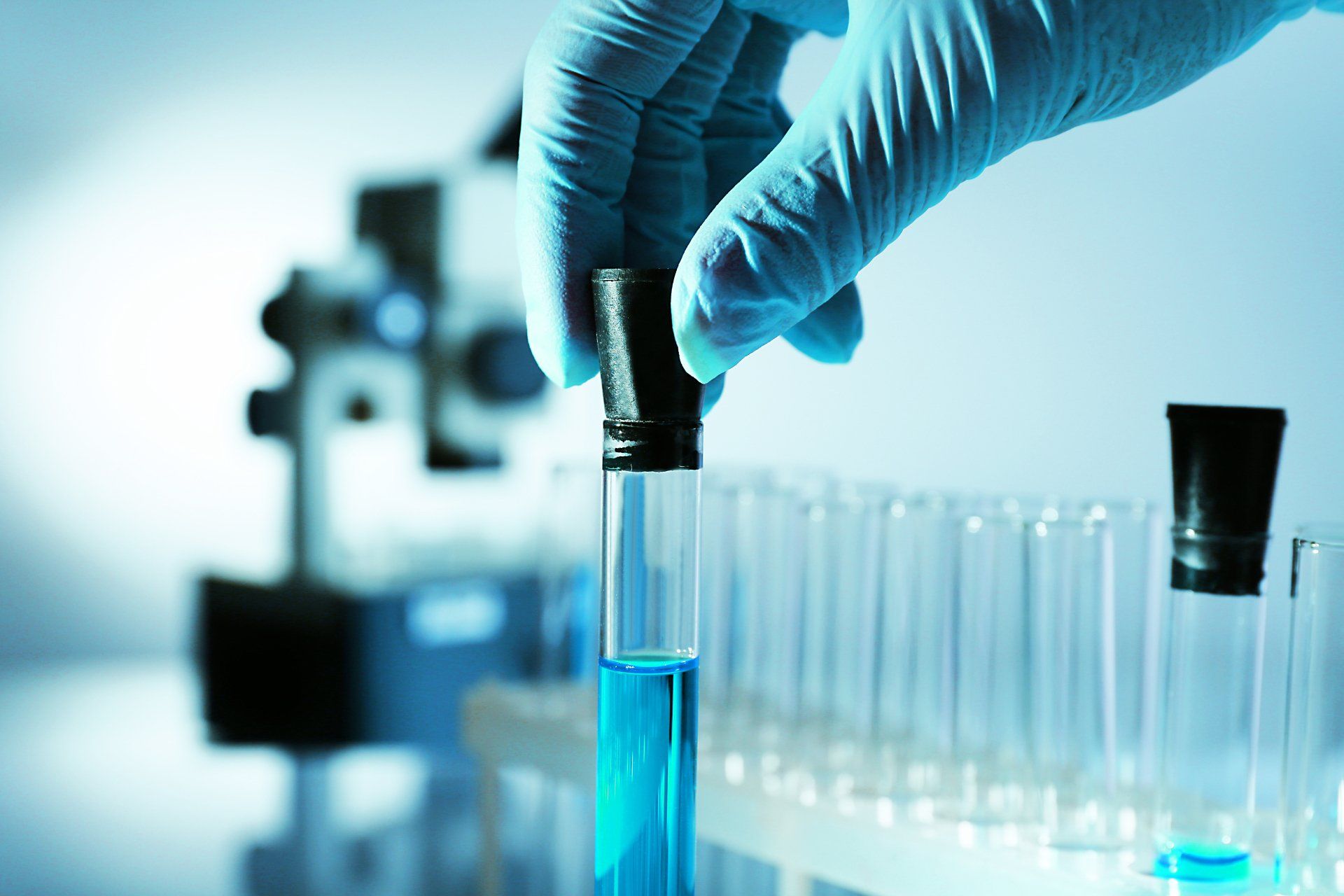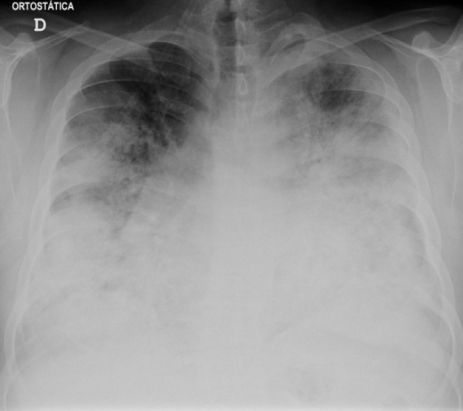by James Campbell
•
19 September 2024
Who are the key players you need on your side to win this war? 1. The Water Treatment Specialist: When it comes to Legionella prevention, the role of a water treatment specialist is absolutely crucial. These professionals are not just technicians; they are experts who assess, design, and implement comprehensive control measures tailored to combat this serious health risk. Their expertise is invaluable in conducting thorough risk assessments that identify potential vulnerabilities within water systems. Water testing is another critical aspect of their work. A reputable water treatment specialist employs advanced methodologies to detect the presence of Legionella bacteria, ensuring that any issues are identified promptly and accurately. Once risks are assessed and testing conducted, these specialists implement effective disinfection procedures that play a vital role in maintaining safe water systems. Choosing a qualified water treatment specialist cannot be overstated. It's essential to select someone with proven experience in Legionella control who understands the specific requirements of your facility. Their knowledge not only ensures compliance with health regulations but also provides peace of mind that your water systems are being managed by an expert dedicated to protecting public health. 2. The Facilities Management Team: When it comes to preventing legionella outbreaks, the facilities management team plays a critical role that cannot be overstated. These dedicated professionals are the backbone of any organisation's water safety strategy, ensuring that water systems are not only maintained but also rigorously monitored for potential risks. One of their primary responsibilities is to keep a close eye on water temperatures throughout the facility. By regularly checking and adjusting these temperatures, they can effectively inhibit the growth of legionella bacteria, which thrive in warm water environments. Additionally, routine inspections of plumbing systems and fixtures allow them to identify any issues before they escalate into serious problems. Their proactive approach ensures that any signs of contamination or malfunction are addressed promptly, safeguarding the health of all building occupants. Moreover, training and awareness among the facilities management team are paramount. It is essential that they understand not just the technical aspects of managing water systems but also the potential health implications associated with legionella. Regular training sessions equip them with up-to-date knowledge on best practices and emerging threats, empowering them to act swiftly and efficiently when necessary. In summary, the facilities management team serves as invaluable allies in legionella prevention efforts. Their diligence in monitoring water systems and commitment to ongoing education make them essential guardians against this potentially deadly bacterium. Investing in their training and support is a crucial step towards ensuring a safe environment for everyone within your facility. 3. The Building Occupants: Building occupants play a crucial role in the prevention of Legionella, and their active participation can significantly enhance water safety within any facility. One of the key responsibilities of occupants is to report any concerns or changes they notice in the water systems. Whether it’s a sudden change in water temperature, unusual smells, or even visible signs of stagnation, these observations can be vital indicators that warrant immediate attention. To help maintain optimal water hygiene, occupants should adopt a proactive approach. Simple practices such as avoiding water stagnation by regularly using taps and showers can make a substantial difference. Additionally, reporting leaks or drips promptly not only prevents potential issues but also helps facilities management address problems before they escalate into serious health risks. Clear communication and collaboration between building occupants and the facilities management team are essential for effective Legionella prevention. Establishing an open line for reporting concerns ensures that issues are addressed swiftly and efficiently. Moreover, regular updates from management about maintenance schedules and safety measures will empower occupants to take an active role in safeguarding their environment. By working together, we can create safer spaces for everyone while effectively minimising the risks associated with Legionella. 4. Technology Providers: In the fight against Legionella, technology providers play a pivotal role by offering innovative solutions that significantly enhance control measures. Remote monitoring systems and data analytics platforms are at the forefront of these advancements, providing invaluable tools for effective Legionella management. By utilising these technologies, organisations can gain real-time insights into water quality parameters, enabling early detection of potential issues before they escalate into serious problems. The benefits of employing such technologies cannot be overstated. With continuous monitoring capabilities, facilities can proactively identify fluctuations in water temperature or contamination levels that may indicate a risk of Legionella growth. This proactive approach not only aids in risk management but also ensures compliance with health and safety regulations, ultimately safeguarding public health. When selecting technology providers for Legionella prevention, it is crucial to choose those with proven expertise and reliable solutions. A provider’s track record in delivering effective monitoring systems and data analysis tools will ensure that your organisation is well-equipped to tackle potential threats head-on. Investing in the right technology partner is not just about compliance; it’s about fostering a culture of safety and responsibility within your organisation. Conclusion In conclusion, the fight against Legionella requires a multifaceted approach, and choosing the right allies is crucial. Water treatment specialists bring invaluable expertise in maintaining safe water systems, while facilities management teams ensure that these systems are properly monitored and maintained. Building occupants play a vital role as well; their awareness and proactive engagement can significantly enhance safety measures. Moreover, technology providers offer innovative solutions that can streamline detection and prevention efforts, making it easier to identify potential risks before they escalate. By combining these diverse areas of expertise with active participation from all stakeholders, we create a robust defence against Legionella outbreaks. Now is the time to assemble your team of allies—engage with water treatment experts, collaborate with facilities management, involve building occupants in safety practices, and leverage cutting-edge technology. Together, we can take proactive steps to protect our water systems from Legionella and ensure a safer environment for everyone.
